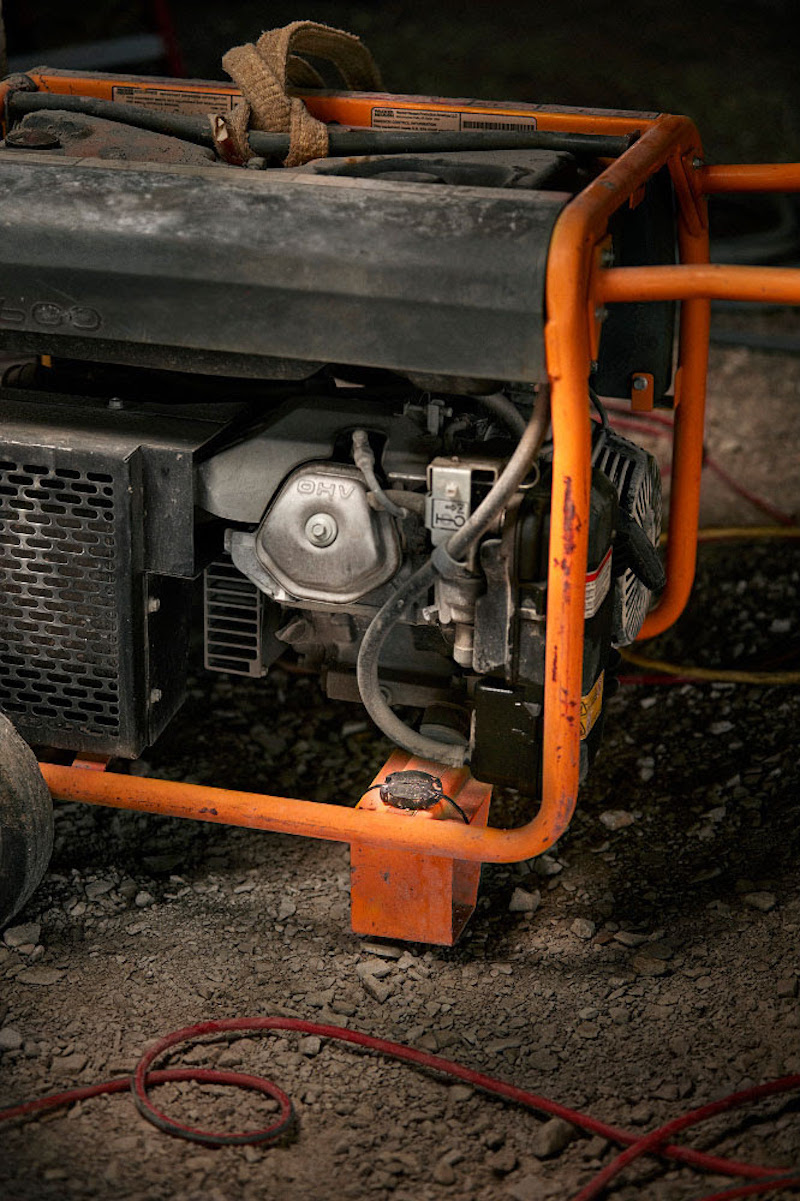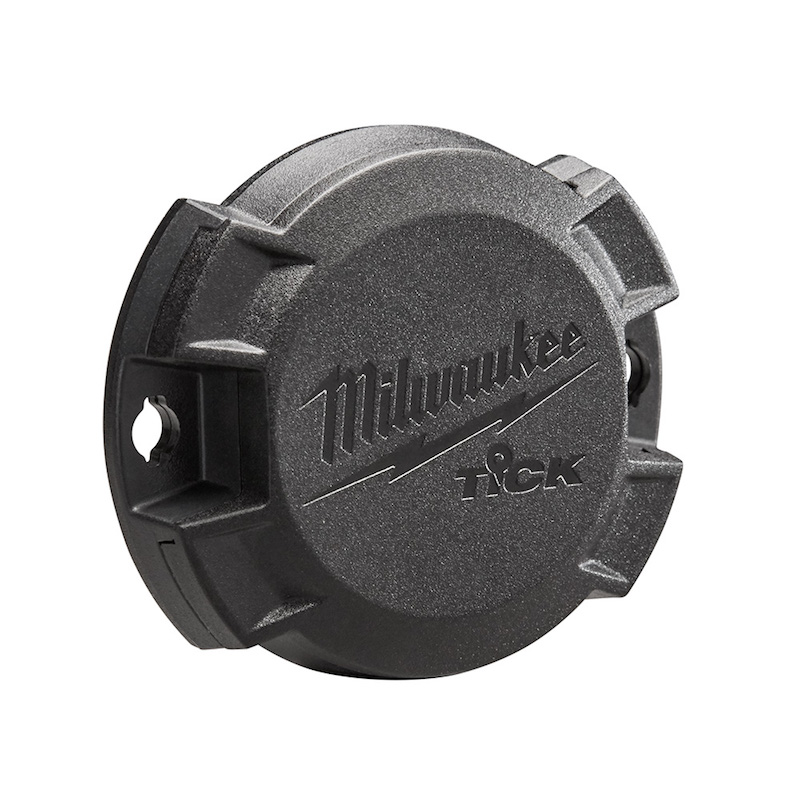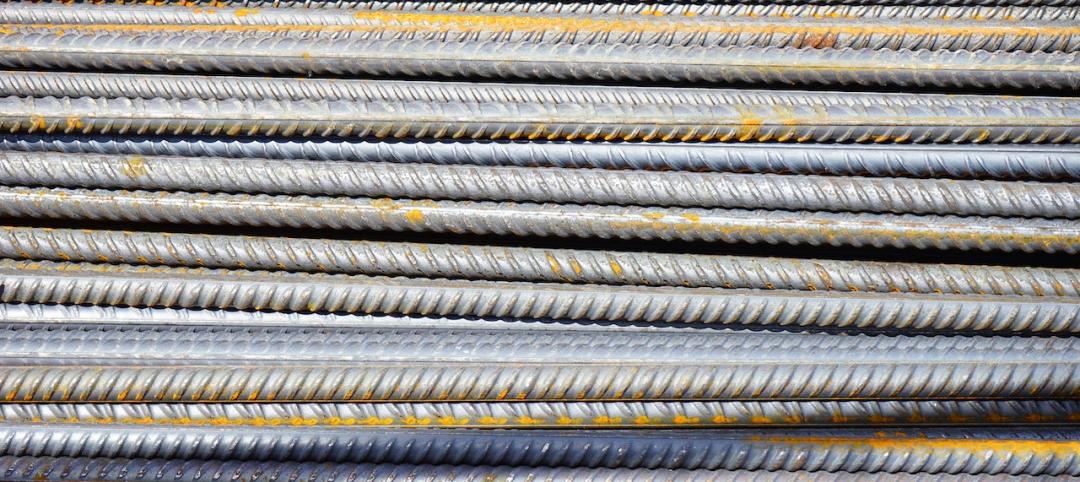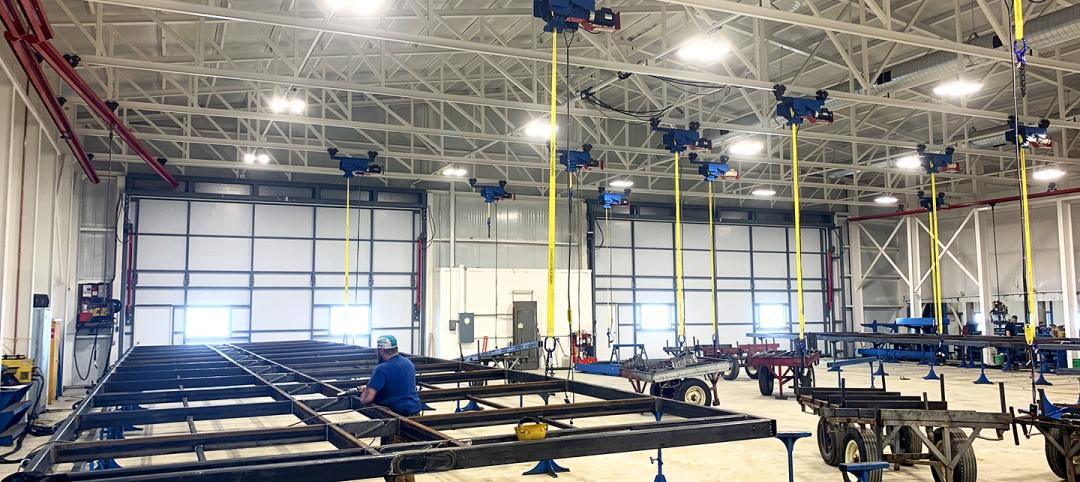Losing a tool or piece of equipment is frustrating, but it can also be expensive. Between the cost of replacing a tool if it isn’t found and the time lost looking for a misplaced tool, a company’s bottom line can be significantly affected. In fact, it is estimated that a single lost tool on a jobsite can increase the time spent completing a task by over 30%. And, according to Milwaukee Tool Senior Product Manager, Steve Matson, over the length of a large project this increased time spent completing a task can add up to tens of thousands of dollars in wasted labor.
That’s where the Tick comes in, a Bluetooth tool and equipment tracker that can easily be attached and hidden on any tool or piece of equipment. The Tick pairs with Milwaukee’s One-Key app and, once paired, tool records and locations are updated when any device with the One-Key app comes within 100 feet. Regardless of whether the device with One-Key has the app open or not, the location updates are transmitted, allowing users to pinpoint the missing tool.
The Tick has a low profile and flat back that, Milwaukee claims, allows it to be attached to anything via glue, screw, rivet, or strap. Its round shape allows it to be easily hidden out of sight on, for example, the underside of a ladder or a miter saw stand.
Because jobsites are not always the most hospitable of places, the Tick has a water and dust-tight enclosure to protect internal components and UV rated plastics to keep the device from becoming brittle when exposed to extended periods of direct sunlight. The tracker also uses a rugged electronics housing that can stand up to high vibration and impact.
The Tick will be available in February of this year in a 1-pack for $29, a 4-pack for $99, a 10-pack for $219, and a 50-pack from $999.


Related Stories
Mass Timber | Jul 11, 2023
5 solutions to acoustic issues in mass timber buildings
For all its advantages, mass timber also has a less-heralded quality: its acoustic challenges. Exposed wood ceilings and floors have led to issues with excessive noise. Mass timber experts offer practical solutions to the top five acoustic issues in mass timber buildings.
Building Materials | Jun 14, 2023
Construction input prices fall 0.6% in May 2023
Construction input prices fell 0.6% in May compared to the previous month, according to an Associated Builders and Contractors analysis of the U.S. Bureau of Labor Statistics’ Producer Price Index data released today. Nonresidential construction input prices declined 0.5% for the month.
Cladding and Facade Systems | Jun 5, 2023
27 important questions about façade leakage
Walter P Moore’s Darek Brandt discusses the key questions building owners and property managers should be asking to determine the health of their building's façade.
Multifamily Housing | Apr 27, 2023
Watch: Specifying materials in multifamily housing projects
A trio of multifamily housing experts discusses trends in materials in their latest developments. Topics include the need to balance aesthetics and durability, the advantages of textured materials, and the benefits of biophilia.
3D Printing | Apr 11, 2023
University of Michigan’s DART Laboratory unveils Shell Wall—a concrete wall that’s lightweight and freeform 3D printed
The University of Michigan’s DART Laboratory has unveiled a new product called Shell Wall—which the organization describes as the first lightweight, freeform 3D printed and structurally reinforced concrete wall. The innovative product leverages DART Laboratory’s research and development on the use of 3D-printing technology to build structures that require less concrete.
Cladding and Facade Systems | Apr 5, 2023
Façade innovation: University of Stuttgart tests a ‘saturated building skin’ for lessening heat islands
HydroSKIN is a façade made with textiles that stores rainwater and uses it later to cool hot building exteriors. The façade innovation consists of an external, multilayered 3D textile that acts as a water collector and evaporator.
Windows and Doors | Apr 4, 2023
Schweiss Doors erects manufacturing building to showcase new doors
Schweiss Doors, the premier manufacturer of hydraulic and bifold liftstrap doors, erected a new manufacturing facility which will also serve as a showcase for the company’s new “free-standing” header frames.
Windows and Doors | Mar 5, 2023
2022 North American Fenestration Standard released
The 2022 edition of AAMA/WDMA/CSA 101/I.S.2/A440, “North American Fenestration Standard/Specification for windows, doors, and skylights” (NAFS) has been published. The updated 2022 standard replaces the 2017 edition, part of a continued evolution of the standard to improve harmonization across North America, according to a news release.
AEC Innovators | Mar 3, 2023
Meet BD+C's 2023 AEC Innovators
More than ever, AEC firms and their suppliers are wedding innovation with corporate responsibility. How they are addressing climate change usually gets the headlines. But as the following articles in our AEC Innovators package chronicle, companies are attempting to make an impact as well on the integrity of their supply chains, the reduction of construction waste, and answering calls for more affordable housing and homeless shelters. As often as not, these companies are partnering with municipalities and nonprofit interest groups to help guide their production.
Codes | Mar 2, 2023
Biden Administration’s proposed building materials rules increase domestic requirements
The Biden Administration’s proposal on building materials rules used on federal construction and federally funded state and local buildings would significantly boost the made-in-America mandate. In the past, products could qualify as domestically made if at least 55% of the value of their components were from the U.S.

















